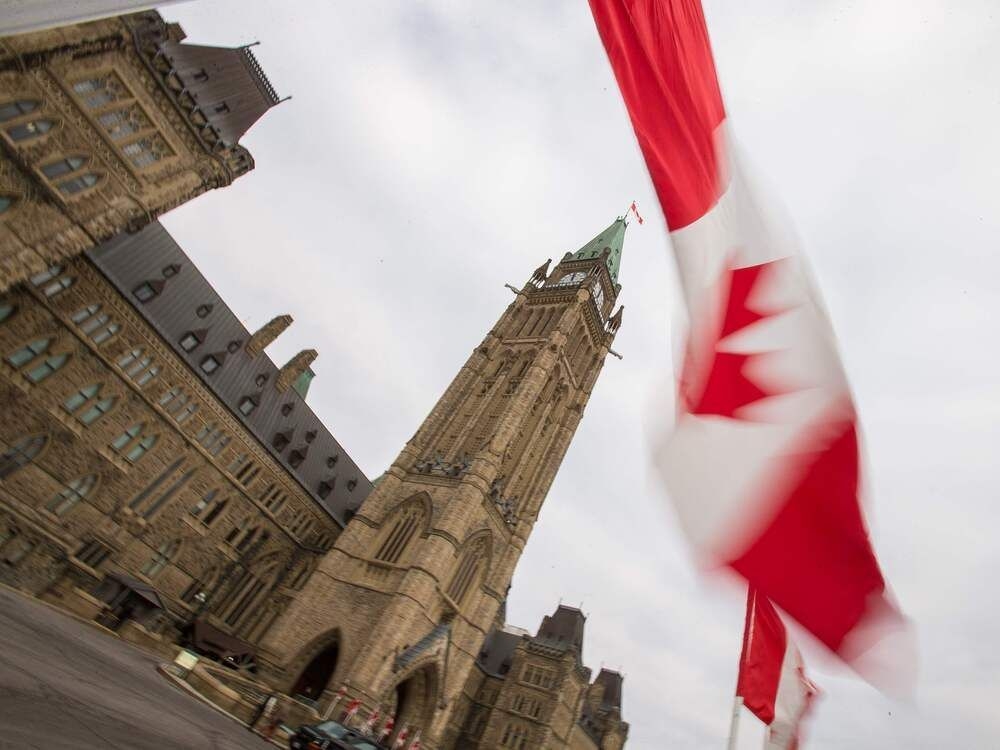A shadow hangs over the upcoming federal budget. New figures reveal a deficit of $11.1 billion for the first five months of the current fiscal year – a stark increase from the $9.8 billion recorded during the same period last year.
The numbers, released by the Finance Department, paint a complex picture. While overall revenue saw a boost, climbing to $201.2 billion thanks to stronger corporate and personal income taxes, and increased import duties, this gain was tempered by a dip in GST revenue.
Spending is undeniably on the rise. Program expenses reached $187.2 billion, fueled by growing costs associated with elderly benefits and Employment Insurance – a direct reflection of a rising unemployment rate. Significant increases in transfers to provinces, territories, and municipalities further contributed to the surge.

Despite the escalating deficit, there were minor areas of relief. Public debt charges saw a slight decrease, falling from $23.2 billion to $23 billion. Actuarial losses also experienced a reduction, moving from $3.2 billion to $2.1 billion.
These figures arrive just days before the unveiling of the federal budget, creating a tense atmosphere. The data suggests a challenging financial landscape, demanding careful consideration as the government prepares to outline its spending plans for the year ahead.





